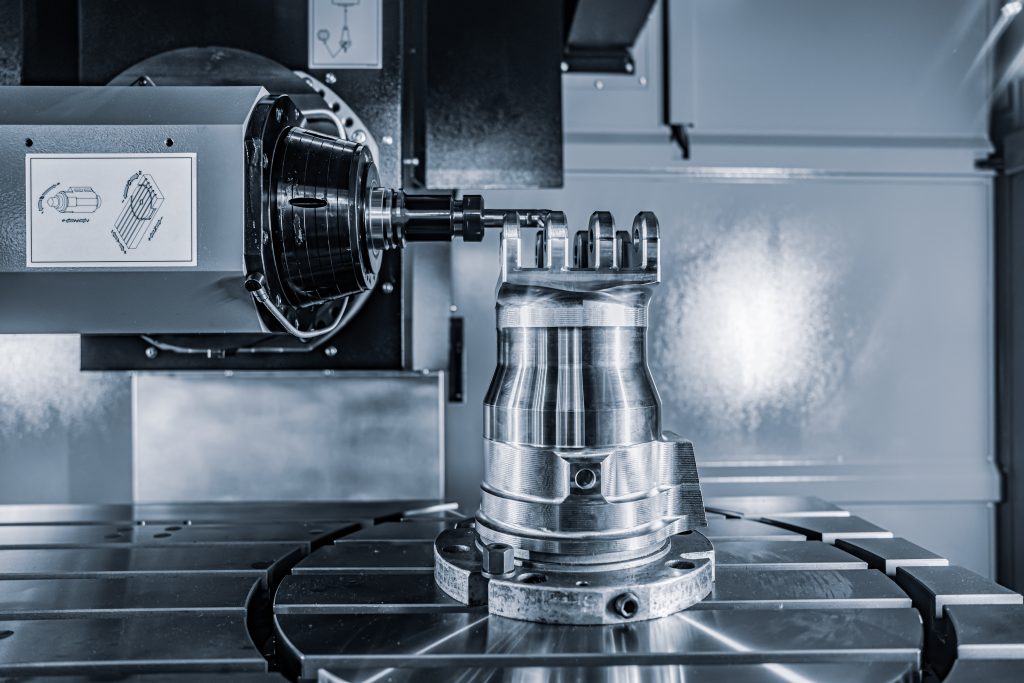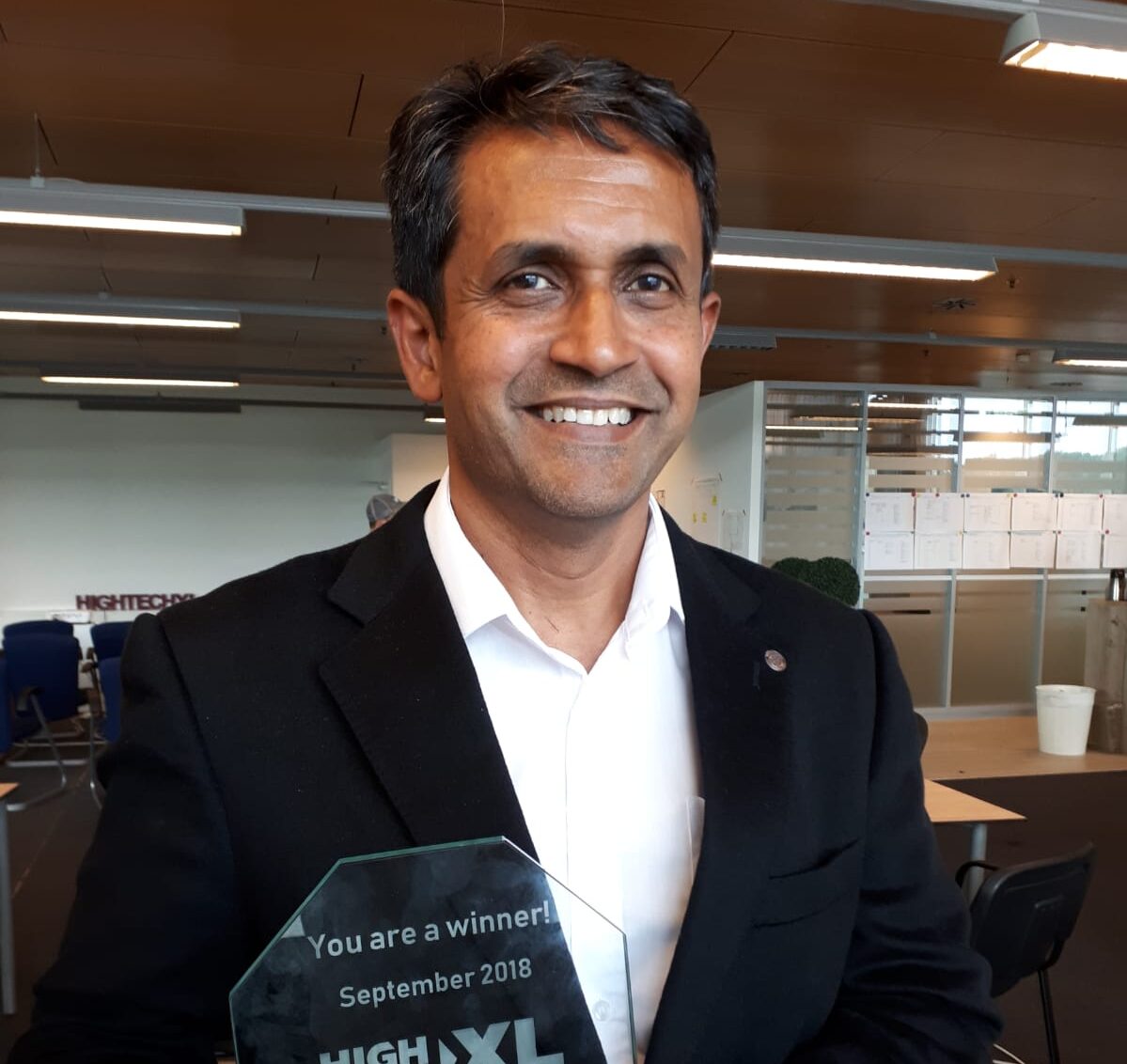Today, technology is vital for making manufacturing and project management efficient, high-quality, and on-time. New tools like CNC machining, Agile project management, and CAE have changed how businesses work. This article looks at how these tools boost productivity, lower costs, and encourage new ideas.
The Economic Impact of CNC Machining: Cost, Productivity, and ROI
I have personally used NC machines and later CNC machines. What is the difference? Well, the keyword is Computer, and the machines were quite similar, though over the years CNC has reached multi-axis machining, which would have been quite impossible to do with NC machines.
With the advent of computers, in the 80s there was the start of Computer-Aided Drafting/Designing (CAD) and Computer-Aided Manufacturing (CAM), and both together were termed as Computer-Aided Engineering (CAE). Thus we now have engineers who use computers to design and draft their products, and later we use manufacturing applications to program and optimize the toolpaths necessary to machine the product on the CNC machine. These CNC toolpaths could be directly downloaded to the CNC machines without manual intervention. Whereas for older NC machines, the programming and optimization would be done manually. The programming could be done on the NC machine itself, or by separate machines, using punch cards or ticker tape.
With the advent of CNC machines, the general quality of the finished products was improved, and with multi-axe machining, the tool or the part could be rotated to do more with a single setup. This helped produce complex parts, and moulds for the plastic injection process, to high tolerances. This immediately created a worldwide manufacturing boom in the 70s till the present day.
With plastic injection mould, and metal parts designed in the CAE environment, the results have a high quality which automatically helps drive down costs and improve overall productivity. Following closely behind CNC machining is now 3D Printing which has exploded into manufacturing and also helping engineers develop the best product at the best quality and cost.
Mastering Project Management: Key Strategies for Success
For any project (of any kind), we will always need to align the ‘what, why, who, where, when, and how’ etc. Some organizations tend to use buzzwords like SMART, which stands for Specific, Measurable, Achievable, Relevant, and Timely. Eventually, mastering project management usually breaks down into measurables on goals x time x cost x resources x risks.
Many organizations tend to use a milestone-based approach, with templates on what tasks need to be done to meet the requirements for every milestone. The project team meets up weekly to share updates amongst themselves and get instructions from the project leader.
And over the years, there has been another approach called Agile Sprints, where the work to be done is a list of backlog items, from which items are chosen by the team, to be completed and reviewed, in short sprints of 1-2 weeks, to overcome the ‘waterfall’ effect of delivering results at the end, over long periods.
As such Agile Sprints have become popular, where the Project Leader is now replaced with a Scrum Master, who coordinates the work done, brings the right people together, and does not play the Project Leader role in the traditional sense. In an Agile Sprint, the team is empowered to decide on ‘what, why, who, where, when, and how’.
So now which one is the right path for you? Well, the first few questions would be:
- a) Is this an execution-type project with little risk? Or a development-type project with quite some risks and unknowns? Depending on the type of project, you would have a different approach.
Imagine if your projects were very similar, and there was little risk, then it would be a good idea to use the milestone-based approach, which will guarantee all the steps are done, in a similar way as previous projects, with little surprises and meets the planned deadline;
Otherwise, it would be more appropriate to use short Agile-Sprint cycles, as this allows the scope to change and the project to pivot completely to different goals, to deliver the minimum required for a planned deadline;
- b) Usually most challenges come from aligning the ‘goals x time x cost x resources x risks, where quality is covered under risks. Do you micromanage the planning and drive hard schedules? Or are you able to push back on certain expectations to deliver slightly less? Do you have enough buffer on time and cost to reach the right quality with the people you have? How are you addressing your Stakeholder Management, to agree on the minimum required from the project team?
Key strategies for success, in either case for milestone-based or agile-sprint, hinge on how you engage with the people in the project team and not the process of how the project is run. In both cases, regardless of the rules on each approach, without the support of the Project Team, nothing will work as planned.
As such, I have personally experienced organizations that run the milestone-based approach to perfection but have a poor product (result) at the end. Similarly with the time-framed agile sprint approach, to are also poor results. The question is always why? Yes, these approaches do help, but the core competence you need is the ‘ability to engage and motivate’ to achieve long-term success, which means regular and effective communication with psychological safety to speak up, else it’s only short-term and superficial.
Conclusion
The integration of advanced technologies in manufacturing and project management has significantly transformed these fields, offering substantial improvements in efficiency, quality, and cost management. The evolution from NC to CNC machining, the adoption of CAD/CAM systems, and the implementation of Agile methodologies in project management illustrate the profound impact of technological advancements. These new tools make work easier, help teams perform better, improve product quality, and lead to business success in a fast-moving market. By using these technologies, businesses can stay ahead, keep delivering value, and grow steadily.
![The-Profit-Engineer-[NEW]-re-design](https://theprofitengineer.nl/wp-content/uploads/2023/08/The-Profit-Engineer-NEW-re-design-logo-2023-horizontal-original.png)




